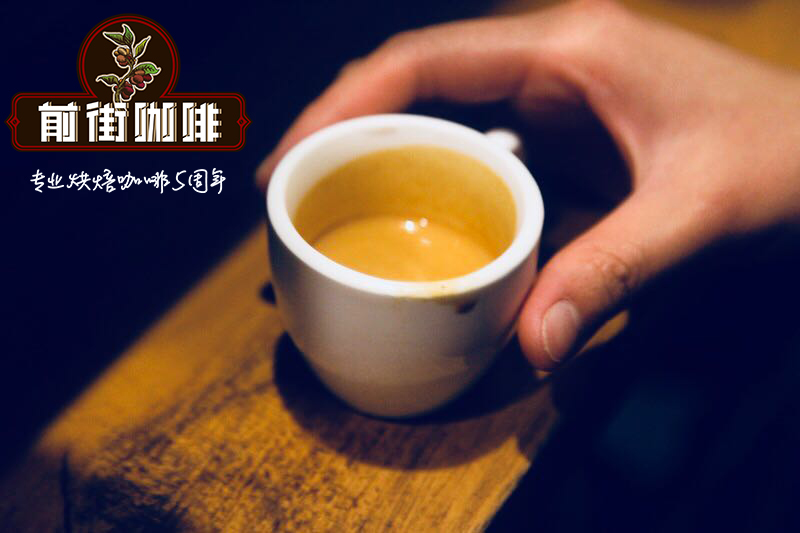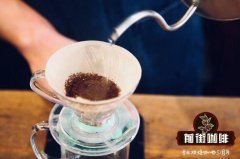What is a good Brazilian coffee bean?

Professional coffee knowledge exchange more coffee bean information please follow the coffee workshop (Wechat official account cafe_style)
Brazil-passionate coffee giant. Its coffee production accounts for about 1/3 of the world's total coffee production. Brazil has 21 states, 17 of which produce coffee. This time we mainly introduce Shirado coffee. Located in the Cerrado region of Minas Gerais in the south, also known as "Serrado", it is the oldest coffee producing area in Brazil with the best climatic conditions.
01
Introduction of origin
Syrador producing area is located in the eastern part of southern Brazil and the coastal state of Milas, this kind of plant is about 1000 meters above sea level, because the flat terrain is mostly mechanized harvesting, and most of the treatment is half-sun treatment. Its unique soil and rich groundwater are essential ecological conditions for the production of high-quality coffee.
The front street introduces Brazilian coffee.
Brazil grows a wide variety of coffee, from Arabica to Robusta. Supple, low acid, slightly sweet and balanced are the main characteristics of Arabica coffee in Brazil. Although Brazilian coffee is generally considered to have no outstanding flavor features, Brazilian coffee beans are the most suitable choice for mixed coffee.
If you want to produce an elegant and affordable blend of coffee, Brazilian coffee is a good foil. Using Brazilian coffee can balance other coffee varieties with strong flavor, such as Mamba Coffee and Goba Coffee. Brazilian coffee is the best choice, and Brazil is also one of the most widely used espresso recipes.
At present, Brazil takes Red Bourbon, Yellow Bourbon, New World and Kaduai as the main varieties. Kaddura, Akaia, Obata, Alamosa, pointed body bourbon and so on have also been planted and studied. Cambinas Agricultural Research Institute in Sao Paulo is a famous coffee variety improvement arsenal in Brazil. Katim, the most widely cultivated in the world, is the masterpiece of Portuguese and Brazilian scientists.
Due to its vast territory and huge output, solarization has long been the main treatment in Brazil, and the washing method cannot support such a large amount of coffee production. This also gives the industry the habitual thinking of shoddy Brazilian coffee (but it does not mean that all Brazilian coffee is cheap, and the coffee produced by famous estates is also quite good).
Since 1990, half-sun (or semi-water washing) has been advocated in Brazil, that is, after removing defects and floating fruits through a sink, peel, pulp and part of pectin are removed by machine, then washed and finally dried or dried in a drying room. Compared with the water washing method, the half-sun method saves water and labor, which has greatly improved the quality of Brazilian coffee, reversing the bad criticism of Brazilian coffee after years of rough sun exposure.
END
Important Notice :
前街咖啡 FrontStreet Coffee has moved to new addredd:
FrontStreet Coffee Address: 315,Donghua East Road,GuangZhou
Tel:020 38364473
- Prev

What are the characteristics of Brazilian coffee beans? is Brazilian coffee expensive?
Professional coffee knowledge exchange more coffee bean information please pay attention to the coffee workshop (Wechat official account cafe_style) Brazil is a rich and beautiful land, Brazil is also the world's largest coffee producer, known as the coffee country. The coffee grown in Brazil consists of Arabica coffee with a long history and Robster coffee which is young and strong. In terms of natural conditions, Brazil
- Next

What are the flavors of strong, unsour coffee beans?
Professional coffee knowledge exchange more coffee bean information please follow the coffee workshop (Wechat official account cafe_style) END
Related
- Beginners will see the "Coffee pull flower" guide!
- What is the difference between ice blog purified milk and ordinary milk coffee?
- Why is the Philippines the largest producer of crops in Liberia?
- For coffee extraction, should the fine powder be retained?
- How does extracted espresso fill pressed powder? How much strength does it take to press the powder?
- How to make jasmine cold extract coffee? Is the jasmine + latte good?
- Will this little toy really make the coffee taste better? How does Lily Drip affect coffee extraction?
- Will the action of slapping the filter cup also affect coffee extraction?
- What's the difference between powder-to-water ratio and powder-to-liquid ratio?
- What is the Ethiopian local species? What does it have to do with Heirloom native species?

